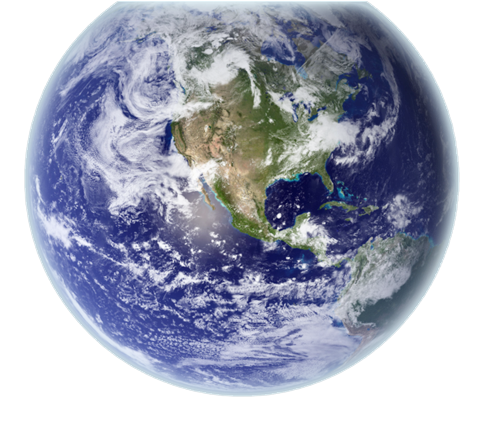April 4th, 2013 by admin
Hello. My name is Dr.Kazuko Tatsumura Hillyer. I am the director of Gaia Holistic Health Center in NYC. It has been 45 years since I moved to New York from Japan. My story is a common and simple one and I think it’s nothing new to all, but I hope it will help you to become aware of something you may have forgotten.
Japanese language uses the character Ki” very often. I just made up some paragraphs for fun, using Japanese words containing Ki.
“Yesterday, I was kiganuketa {a state of out of ki ) and had no kiryoku (no energy) and didn’t have any yaruki (guts to do anything), but I went to work generating yuki (courage). I worked konkiyoku (diligently) and came home late. I turned on denki (electric light), took a bath and rested my body kinagani (patiently) in joki (steam). I woke up kimochiyoku (feeling good) this morning. I am genki (well) today. Kishoyoho (weather forecast) says it’s going to rain later. But tenki (weather) now is very nice and temperature is 72 degrees. I run to Central Park ikkini (in one breath), breathed in good kuki (air), and practiced kiko (qi gong) and yoga with kihaku (focus). On my way home, I sensed kehai (some feeling of person or animal) behind me, so I turned around to find a friend kinoau (I get along with). She is ninkimono (popular) because she is irokenoaru (sexy) and kihingaaru (elegant). She is my okiniirino (favorite) person. We went to a coffee shop and had kigaruna (casual) chat. I feel more kakki (energetic) when I’m with her. I have no kigane (constraint). I can be honki (serious) and kiraku (easygoing) to talk with her. We ikitougou (hit it off) and talked about our ex- husbands’ past uwaki (affair). It was a nice kibarashi (refreshed feeling) because my spirit lately kigashizundeta (spirit has been low) with many kigakarinakoto (worries).”
There are 32 “ki” used in this short story and I can keep on going!. It shows how “ki” is common in the Japanese daily life. Now then,” what is this ki”? When I ask this question at my lectures, people usually answer, “it is energy”. It is correct but this simple answer doesn’t satisfy me. Ki is energy for sure but it cannot be totally explained. We all know it exists as something foggy and airy and it is invisible. But it often shows up in pictures as a sphere or ray. (example of photos)
“Ki” in Japanese culture seems to be little different from ”Chi” of the Chinese. In Japanese, samui (being cold) and samuke ( feeling of energy of coldness) is different. The latter has feeling of something extra spiritually. When our ki is blocked, we kizetsu suru (pass out). Kinodokunahito ( an unfortunate person) may have doku (poison) in their ki?? When kibun (distribution of ki) is bad, you become byouki (sick). We never say our body gets sick, but we say our ki gets sick. Also, we become genki (well) because our ki gets back to an original status.
There are Shinki (beneficial ki) and Jaki (harmful ki). Children are called mujaki (no jaki), but what about adults?
Well-designed computers cannot function without energy, denki(electricity). Airplanes and cars need gas. As such, humans need ki in order to live but ki that’s moving our lives is not just a energy like electricity or gas. It seems as if ki as our life force energy has some kind of consciousness by itself. Interestingly, this conscious ki controls us, or we can transform this ki by changing our consciousness. Ancient Japanese must have known that everything is controlled and driven by ki, and created so many words that contain ki.
We are all surrounded by ki in our daily lives. Ki controls our lives and our living both on mundane level and transcended level. . Our way of dealing with ki can lead us to happiness or unhappiness, wealth or poverty. It also affects our health. I’d like to continue this next time.
Dr.Kazuko Tatsumura Hillyer July 2006

